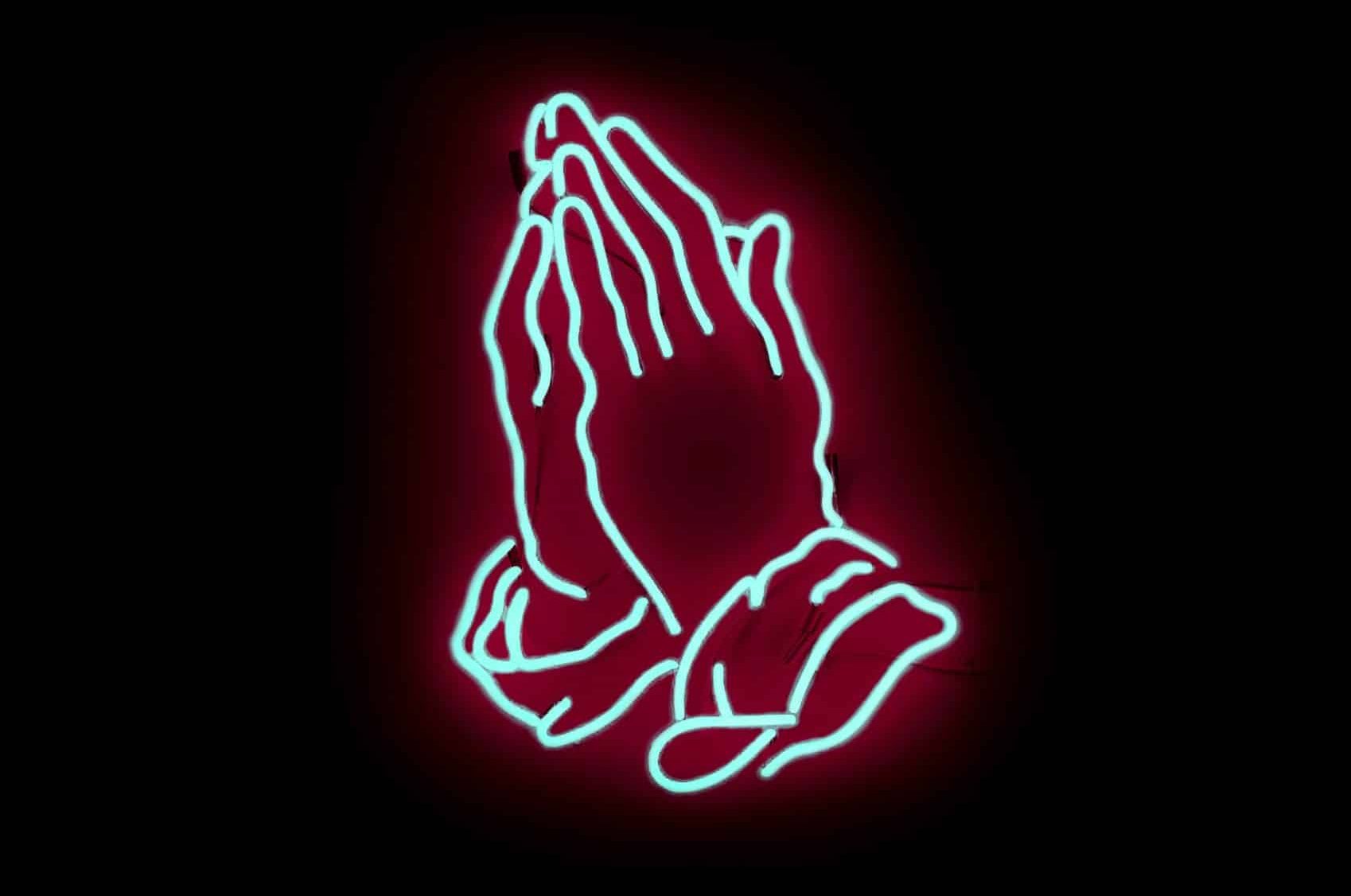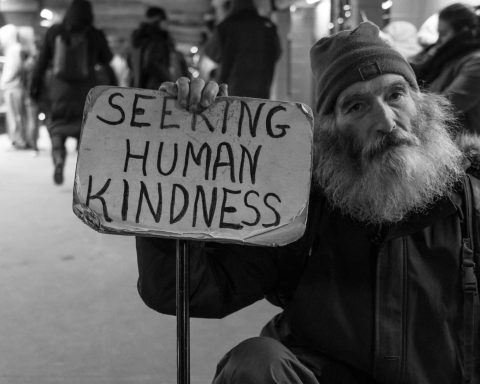 Alistair Appleby is an academic GP in the Highlands of Scotland
Alistair Appleby is an academic GP in the Highlands of Scotland
“Until recently health professionals have followed a largely medical model, which seeks to treat patients by focussing on medicine and surgery and gives less important to beliefs and faith. This reductionism, or mechanistic view of people as being only a material body is no longer satisfactory”.1 WHO – 1998
Many general practitioners consider spirituality to be relevant to their patients’ health and important to primary care. However, our research showed that a number of GPs worry that addressing this issue is unscientific.2 Alongside this, an increasing amount of research points to links and associations between spirituality and health.3 An important question is whether it is possible to think about spirituality and science in a way that does justice to both concepts ? As GPs, can we be curious, open and rigorous about both, and can they be thought of in an integrated way?
An important question is whether it is possible to think about spirituality and science in a way that does justice to both concepts?
Only in recent years has spirituality been considered a concept which can be understood distinctively from religion, and historically much debate and collaboration, accord and discord, has occurred between religion and science. In this article I choose, consistent with UK healthcare guidelines, to consider spirituality to be a broad and inclusive concept concerning what gives meaning and purpose to life, the deepest beliefs and values of our patients and the possibility of transcendence: relating to something greater than oneself. In turn, religion is understood as a common but not universal way of expressing one’s spirituality, with particular reference to a community of belief, to the sacred or ‘Divine,’ and to spiritual rites and practices. Though they differ, these two concepts are understood to have aspects which overlap.4
There are an increasing number of studies in the field which analyses possible connections between spirituality and health. 5 Respected academic institutions, such as Harvard University, are now becoming involved in research6 and many studies confirm associations between health and spiritual or religious factors. These linkages include firm outcome measures such as all-cause mortality and longevity.7,8
The dynamic, sometimes contested, and at times uncomfortable relationships between science, religion and spirituality have provided much historical debate. Could embracing a broader, more inclusive understanding of spirituality, combined with contemporary complexity science take us forward?
“Many of academia’s representatives no longer consider science and spirituality completely incompatible, but rather as instantiating a different, but at least potentially complementary rationality.”9
Here are four possible ways of thinking about the relationship between spirituality and science in primary care.
1 – A separate realms approach
When scientists investigate the effects of beliefs and values, religious affiliations or spiritual practices, there is often nothing to scan or put through a biochemical analyser. While measuring things like religious service attendance is quite straightforward, numerous measures of spirituality have relied on self-rating scales which are less reliable. Some theorists have suggested that the spiritual or religious realm is separate from the scientific, the former dealing with existential questions of meaning and purpose, and the latter investigating the form and structure of things.10 For medical science, this appears an initially appealing division, leaving medicine to a materialist task. Primary care could then get on with examining and scanning patients and providing the sort of pharmacological and surgical therapies which medicine has focussed on, often to great benefit, in the past. Perhaps we would grasp this with relief?
But the GP consultation does not afford this luxury and neither does social or psychological science support this simplification. One patient may lose hope that their life has meaning and become suicidal; another experiences shame, which they perceive relates to a particular religious upbringing; another finds strength, through a faith approach, to recover from addiction. These are the real stories of primary care – where spiritual and physical aspects of patients cannot be neatly separated and are often enjoined by psychosocial aspects of health. While rigorous and powerful in pharmacological and surgical medicine, a separate realms approach is ill suited to consider cultural, cognitive and existential aspects of wellbeing. If we limit medicine to a reductionist paradigm, spiritual aspects of a patient’s story and their role in health are likely to be overlooked .
To further challenge the separate realms approach is the body of research linking more measurable spiritual variables and hard physical outcome data: for example, the impressive reductions in all-cause mortality associated with religious service attendance. 11-13 A result replicated in a number of different countries and differing cultures. These links may work in perfectly straightforward ways, for example by reducing risk behaviours, or improving social capital; or through more complex and less easily understood mechanisms8. A separate realms view – where science and spirituality never interact with each other – seems at odds with our consulting experience and in research terms starts to look empirically untenable.
2 – A patient-centred approach
Alternatively, we could put aside the basic sciences view and centre the medical consultation on each individual’s worldview: their unique spiritual, religious, or secular stances. This fits with ethical considerations which rightly encourage us to respect patients’ cultural and religious/spiritual identities during episodes of healthcare. However, as medical scientists might we also consider it appropriate to include empirical and experimental evidence from spirituality-health research in wider discussions about health; asking to what extent different approaches result in different health impacts? Though these research insights must be embedded in a sensitive and patient centred framework to exclude them entirely seems limiting. Further debate about ethical and role boundaries may be needed in this respect.
3 – A pragmatic approach
These are the real stories of primary care – where spiritual and physical aspects of patients cannot be neatly separated and are often enjoined by psychosocial aspects of health.
“If it works – spiritual or scientific – let’s get on with it and not be too concerned about the underlying philosophical questions.” This might sum up the approach of pragmatism. If gratitude, often understood as a spiritual practice, improves psychological wellbeing14 why should we be concerned about anything further? Pragmatism often appeals to GPs who, understandably, just want to do something helpful for their patients. Studies about how GPs navigate spirituality and health in practice show high degrees of pragmatism. However, some philosophers of science consider pragmatism woolly: although clinically useful it begs questions like “ Who defines what is good?” and “How do we measure and evaluate this?” For those involved in developing frameworks for science and spirituality, useful as it is in day-to-day care, pragmatism may be undermined by its’ lack of rigour.
4 – An integrated approach
“… we have our spiritual infrastructure inside us as our ground state.”argues Ram Bhaskar.9 Bhaskar, the prime contributor to critical realism, a contemporary movement of science, spent part of his academic life attempting to extend theories of the physical sciences to biological and social science. He believed that science has to enlarge to take account of all reality, including human behaviour and experiences. Latterly he turned his attention to the understanding of spirituality and religion – developing a concept of what he referred to as “Meta-reality.” 15 Unpacking Bhaskar’s critical realist concept of spirituality is beyond this article. However, critical realism may well provide key advantages over historical forms of science: illuminating what a rational form of spirituality looks like without reducing it to hormonal or neurophysiological processes. Already found useful in disciplines as varied as medical research, cosmology, biology and philosophy, critical realism arguably opens the possibility of a joint framework for science and spirituality. This may facilitate a cross disciplinary exploration of health, wellbeing and human flourishing which retains openness and rigour.
We have noted in previous articles that critical realism can shed light on how complex properties of patients, like their spirituality, can, through downward causation, effect aspects of physical health: a theory now gaining validity through research. In addition, critical realism shows potential openness to both sacred and secular forms of spirituality. 9 This may be a valuable attribute when we are faced with providing spiritual care for patients with a diversity of backgrounds.
I have not, in this article, explored other frameworks that might unite spirituality and science. It could be argued that theological and philosophical stances from more than one tradition embrace both physical and spiritual aspects of health in a unified form. I have however sought to highlight that some orthodox medical models struggle to do justice to this relationship, and that critical realism has key advantages.
If frameworks for medicine can evolve to embrace the basic sciences, the social sciences and a broad and inclusive concept of spirituality, this may well prove beneficial to the common task of whole person care in which we, as general practitioners, all participate.
References
- World Health Organization. WHOQOL and Spirituality, Religiousness and Personal Beliefs (SRPB). 1998 [cited 2025 Mar 24]; Available from: https://iris.who.int/handle/10665/70897
- Appleby A, Swinton J, Bradbury I, Wilson P. GPs and spiritual care: signed up or souled out? A quantitative analysis of GP trainers’ understanding and application of the concept of spirituality. Educ Prim Care. 2018 Oct 19;0(0):1–9.
- Koenig HG, VanderWeele T, Peteet JR. Handbook of Religion and Health. Third edition. New York (N.Y.): OUP USA; 2023. 1112 p.
- spiritual.care@nes.sco.nhs.uk. Spiritual Care Matters – An Introductory Resource for All NHS Scotland Staff [Internet]. 2017 [cited 2018 May 24]. Available from: http://www.nes.scot.nhs.uk/education
- Lucchetti G, Lucchetti ALG. Spirituality, Religion, and Health: Over the Last 15 Years of Field Research (1999–2013). Int J Psychiatry Med. 2014 Oct 1;48(3):199–215.
- Initiative on Health, Religion, and Spirituality [Internet]. [cited 2025 Feb 6]. Available from: https://projects.iq.harvard.edu/rshm/home
- Dominguez LJ, Veronese N, Barbagallo M. The link between spirituality and longevity. Aging Clin Exp Res. 2024 Feb 11;36(1):32.
- McCullough ME, Hoyt WT, Larson DB, Koenig HG, Thoresen C. Religious involvement and mortality: A meta-analytic review. Health Psychol. 2000;19(3):211–22.
- Hartwig M, Morgan J, editors. Critical Realism and Spirituality. 1 edition. London ; New York: Routledge; 2011. 384 p.
- Gould SJ. The Richness of Life: A Stephen Jay Gould Reader. New Ed edition. Vintage; 2007. 656 p.
- Hill TD, Saenz JL, Rote SM. Religious Participation and Mortality Risk in Mexico. J Gerontol Ser B. 2020 Apr 16;75(5):1053–61.
- Lindström M, Pirouzifard M. Religious service attendance and mortality: A population-based prospective cohort study in southern Sweden. SSM – Popul Health. 2023;23:101492–101492.
- Powell LH, Shahabi L, Thoresen CE. Religion and Spirituality: Linkages to Physical Health. Am Psychol. 2003;58(1):36–52.
- Diniz G, Korkes L, Tristão LS, Pelegrini R, Bellodi PL, Bernardo WM. The effects of gratitude interventions: a systematic review and meta-analysis. Einstein. 21:eRW0371.
- Bhaskar R. From East to West: Odyssey of a Soul. 1st edition. London New York: Routledge; 2000. 168 p.
Featured image: Chris Liverani on Unsplash







Great Paper, Alistair Appleby, thank you for your contribution. Best regards from Denmark, Niels Christian Hvidt
Start making more money weekly.This is a precious component time paintings for everybody.The quality element work from consolation of your house and receives a commission from 100usd-2kusd each week.Start today and feature your first cash at the cease of this week. For in addition information,……………….. 𝐦 𝐨 𝐧 𝐞 𝐲 𝟔 𝟑 . 𝐬 𝐨 𝐥 𝐚 𝐫
Thankyou
[…] our research showed that a number of GPs worry that addressing this issue is unscientific.” Alistair Appleby offers 4 approaches. Ahmeda Ali shares her experience of pregnancy loss and invites us to see and […]